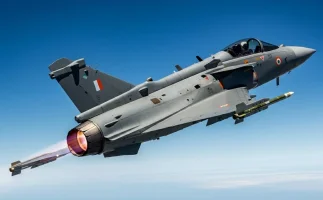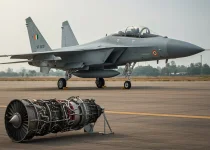- Views: 2K
- Replies: 2

The Indian Air Force (IAF) and the Mikoyan-Gurevich (MiG) series of fighter jets, particularly the MiG-21, share a storied history. The MiG-21, once the backbone of India’s air defence, has faithfully served for decades.
However, with the rapid advancements in military aviation technology, the limitations of these aging aircraft have become increasingly evident, highlighting the urgent need for modernization.
The MiG-21, a product of the late 1950s, faces the inevitable challenge of obsolescence. The aircraft's design and technology, once cutting-edge, now pale compared to modern counterparts in terms of speed, range, and overall combat effectiveness.
Moreover, the lack of advanced avionics, radar systems, and electronic warfare capabilities in older MiG models makes them increasingly inadequate for today’s complex and dynamic combat environments.
As these jets age, maintenance and reliability issues become more pronounced. The dwindling availability of spare parts and rising repair costs not only strain the IAF's budget but also affect the readiness of these aircraft for missions.
Additionally, the performance gap between MiG jets and modern fighter aircraft, with their superior speed, maneuverability, and stealth capabilities, poses a significant challenge in both air-to-air combat and ground attack roles.
Perhaps most concerning is the growing safety risk associated with operating aging aircraft. The increased likelihood of mechanical failures can lead to accidents, endangering the lives of pilots and compromising the IAF's operational readiness. A series of recent crashes involving MiG jets, including those resulting in the loss of pilots' lives, underscores these concerns.
The changing nature of aerial warfare further emphasizes the obsolescence of the MiG fleet. Modern technologies, such as smart bombs and precision-guided munitions, have redefined air battles. The MiG jets, ill-equipped to engage or defend against such threats, find themselves tactically outdated in today's combat scenarios.
While the MiG jets have served India admirably, the time has come for their retirement. The combination of aging technology, limited capabilities, escalating maintenance costs, and safety concerns renders them unsuitable for the modern battlefield.
Phasing out these aircraft in favor of newer, more advanced jets is crucial to ensuring the effectiveness and safety of India's air defence forces, allowing them to face the challenges of 21st-century warfare with confidence.


